Best Time to Visit Nepal: Season-by-Season Breakdown
Nepal is also geographically and climatically diverse. From the Indian border Terai woodland to the eastern Tibetan Plateau highlands, Nepal is highly diversified in its changing weather throughout the year. This amazing difference in elevation makes there to be three different seasons, each conducive to travelers. You may intend to hike and scale the world’s highest mountains, tour old temples, observe wildlife in rainforests, or coincide with the extensive range of seasonal festivals, and a knowledge of Nepal’s seasonally oriented cycles will go a long way to enable the stipulation of when it would be best to visit you, according to what draws you.
Looking at the best time to visit Nepal, it will really depend on what you are going to do and where you are headed (the plains or the higher Himalayas). There are vibrant, festival-filled autumns, peaceful, cold winters, and green monsoons, and they each put their own special shade of color on Nepal. This guidebook shall capture the four significant seasons – autumn, winter, spring, and monsoon – in a quick rundown of some of the key events occurring and related weather, festivals, best time, and travel-oriented information on what to expect for your visit to Nepal.
1. Autumn (Late September to November): The Peak Season for Trekking and Festivals
In the fall months of October and November, when the majority of tourists come to Nepal, the rains that precede them have lifted and elevated the air and things are clean, green, and fresh. The weather is warm, the sky is blue, and we are scented with good quality smells, and ambient air wraps around us similar to an easter egg color. This would mean the fall season is the best time for trekking, sightseeing, and to witness some of Nepal’s biggest and most recognized festivals.
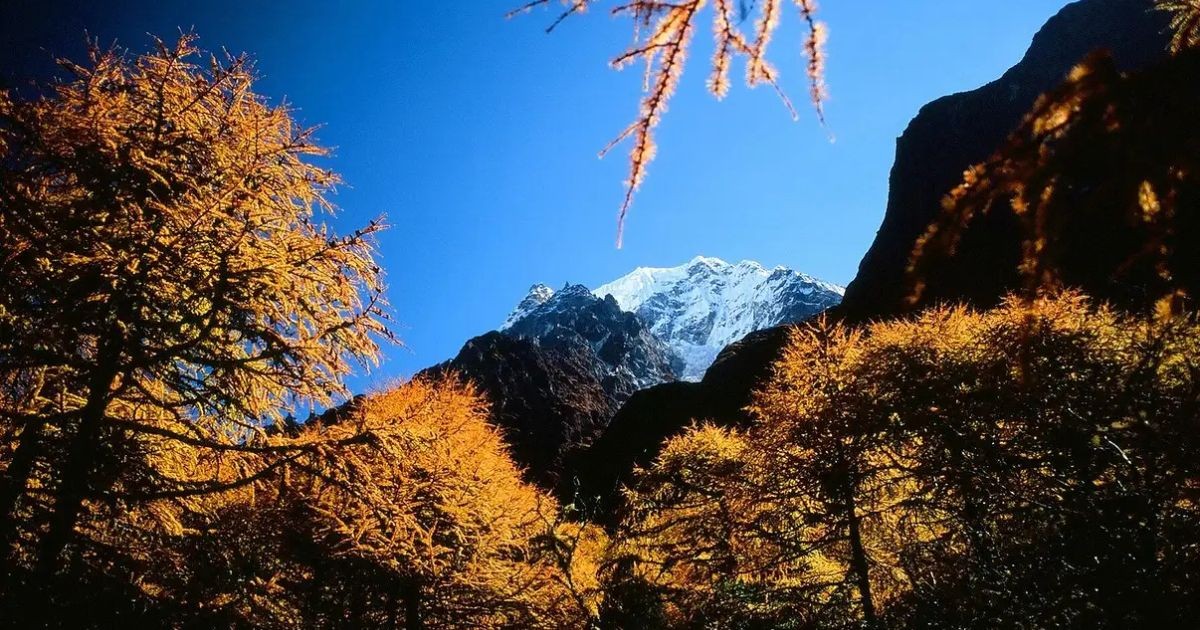
The mountains will have their best visuals, and visitors will have great views of Everest, Annapurna, and Langtang, the quickest and most spectacular snow-covered terrain, and some of the world’s most picturesque set of md global industry weirdos among the Himalayas.
Most of the hiking trails and areas are busy with hikers from around the world, featured and advertised for trekking, and adventure and trekking tourism is a very popular thing to do. There are options to trek, multi-day trek, lodge accommodation, and volunteer tourism. The majority of Nepalis are also busy with their most important festivals at this time of year, so roads and streets in most towns and cities will be filled with activity for these ideal festivals and friendly activity.
Major Highlights of Autumn
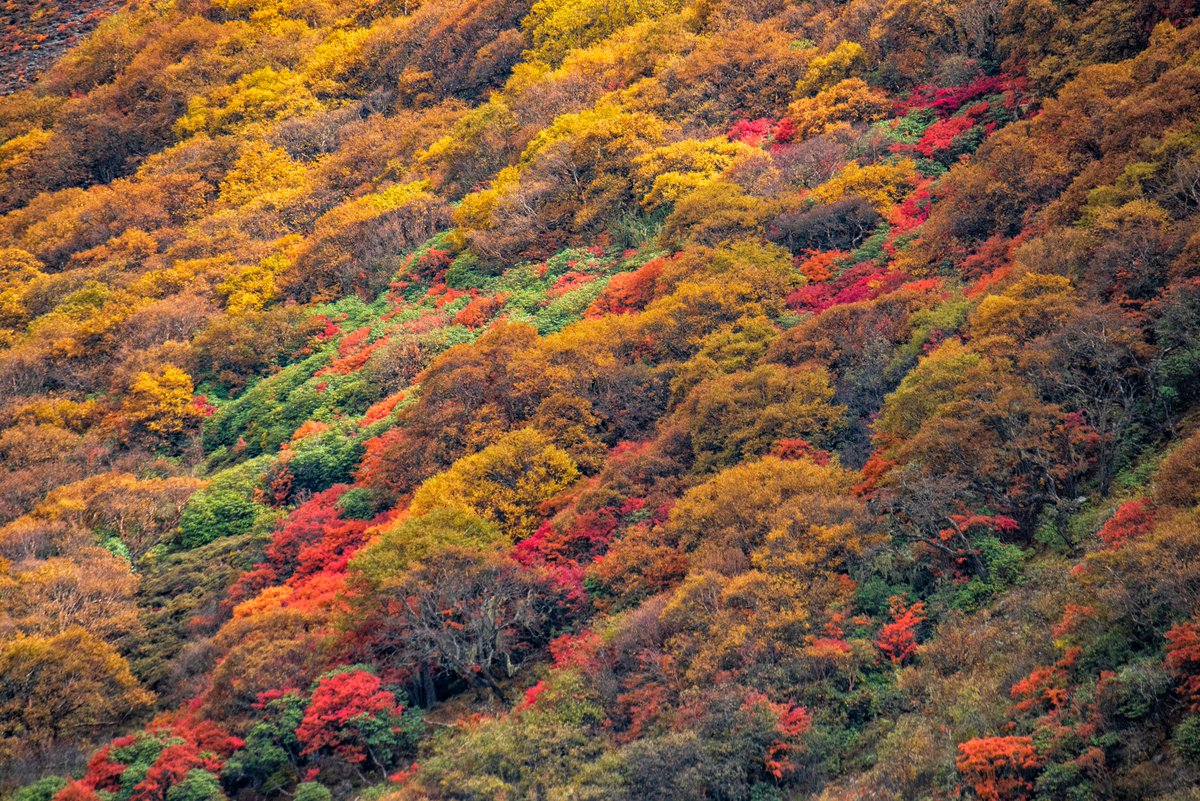
1. Optimum trekking climate:
Dry trails, comfortable daytime temperatures, and open blue skies are the optimum trekking climate for popular routes such as Everest Base Camp and Annapurna Circuit.
2. Breathtaking mountain scenery
Post-monsoon clear conditions give Himalayan summit views in all directions, offering photographers and nature enthusiasts breathtaking views while trekking into the wilderness.
3. Cultural celebrations
Dashain and Tihar—Nepal’s two largest and most significant festivals—are the times when communities and families gather to celebrate, feast, and worship for days, offering the richness of Nepal’s multi-hued culture.
4. Adventure activities
Swollen and uplifted by the monsoon months, the Philippines’ rivers provide ideal conditions for white-water rafting and kayaking reservations. Paragliding and all aerial pursuits take advantage of the delightful temperatures and gentle breeze during this period.
5. City buzz:
Festival time puts its mark on cities such as Kathmandu and Pokhara with its trimmings, flower-bedecked bazaars, and vibrant social agendas; an explosion of summer’s urban activity.
Fall Festivals
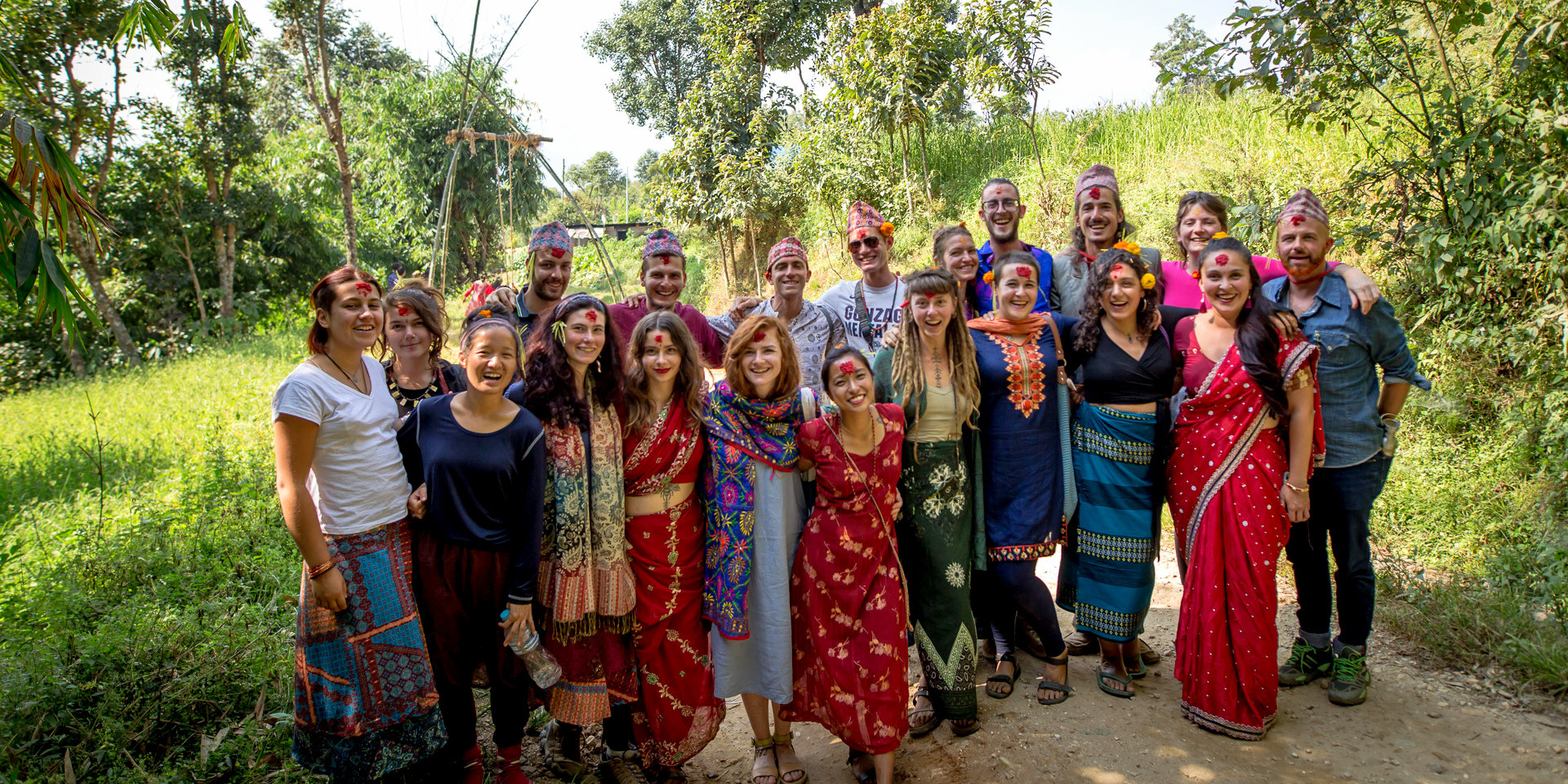
Dashain: Dashain is Nepal’s longest and most eagerly awaited festival. Dashain commemorates the triumph of good over evil through pujas and offerings to goddess Durga, family reunions, and other festivities.
Tihar: This light festival is also a celebration of diverse life forms of animals—dogs, cows, crows, to mention a few—and ends with a celebration of brothers by sisters. Candles, lanterns, and whirling patterns of colored rangoli light up homes and streets.
Winter (December to February): Quiet, Clear, and Affordable
In Nepal, winter is completely the opposite of the busy fall months. The cold has settled in the high mountains, where the cold air has provided the right conditions for blocking snow at high passes. In the low valleys, it is mild sunny days and cold nights, the air is clear, bright, and crisp, providing a good opportunity for visibility- look for the sensational views of the mountains in the morning (and evening), when skies are moments when they can take your breath away!
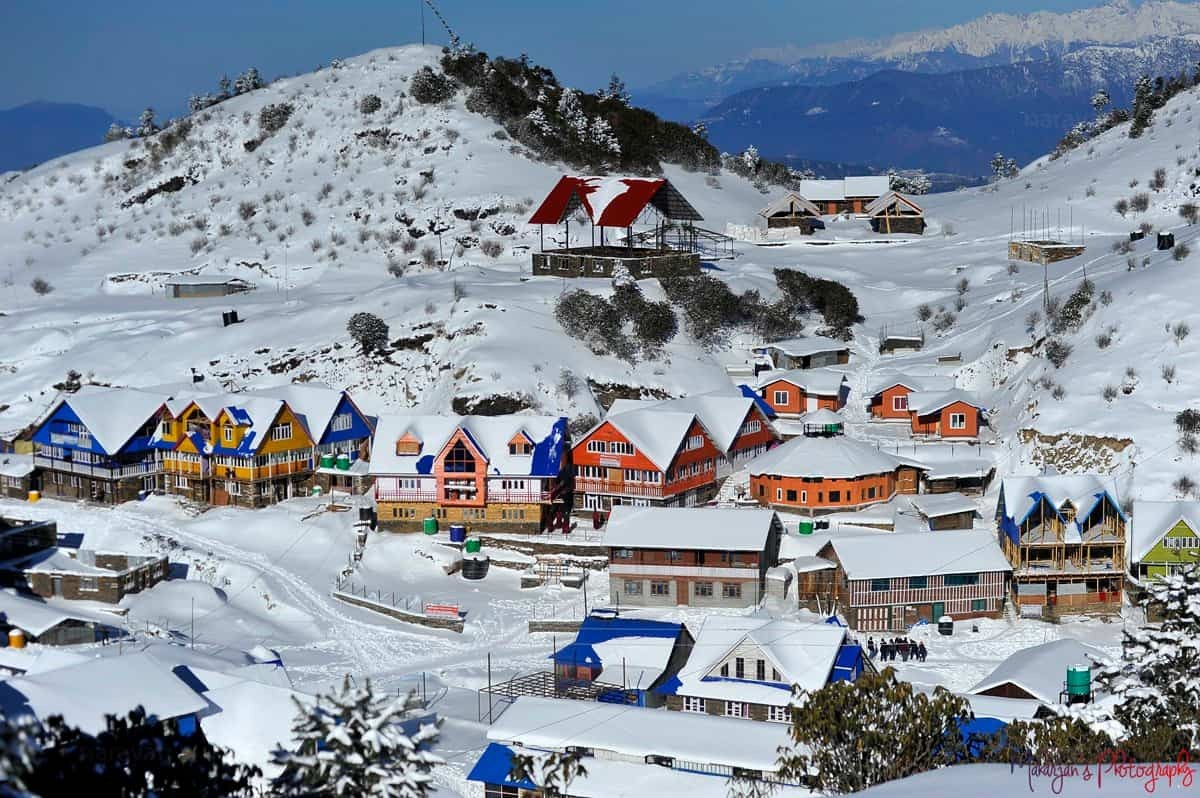
This is a time of year that is normally considered “off-season” for tourists; which is great- usually, this means less tourists; lower plane fares, lower on accommodation and lower on tours; it is a good time of year to travel for those, who find that they enjoy secluded experiences, or if you’re traveling for the low costs, or if you’re also traveling for plenty of wildlife sightings! If you enjoy wildlife sightings, it is prime time right now in the Terai national parks, such as Chitwan and Bardia. Chitwan and Bardia are great for wildlife viewings right now because the elephant grassy areas have been trimmed from the monsoons, providing greater sightings of wildlife with little to no obstruction.
Major Highlights of Winter

1. Clear skies
There is not much haze or pollution in the air, creating optimal visibility for pictures, sightseeing, beautiful sunrises, and sunsets.
2. Treks within low elevation
Low-elevation treks such as Ghorepani Poon Hill, Nagarkot, and Ghandruk can be made an enjoyable and rewarding experience for trekkers with proper gear.
3. Best viewing places for wild animals
Terai national parks, south Nepal’s dry-deciduous and tropical forests of mixed type, rhino, tiger, and bird-watching centers, are only for the best viewing after grass-cutting in January.
4. Economical low-season travel:
You are off-season with winter, so the entire air travel, hotel stay, and tours will cost less for those who want to save money but have their winters in Nepal.
5. Comfortable City Weather
Kathmandu and Pokhara have clear sunny days and cool evenings, ideal for touring cultural attractions, bazaars, restaurants, bakeries, and rooftops at night for evening meals and sunset.
Spring (March-May): Blooming Beauty & Cultural Splendor
Spring has become Nepal’s second peak season since in most of the nation, temperatures start to rise, and rhododendrons bloom in their full vigor throughout the country, with weather typically favorable for climbs and treks. Glorious red, pink, and purple rhododendron blooms burning intensely along trekking trails and routes highlight the bounty offered by Nepal’s geography and mountains in general.
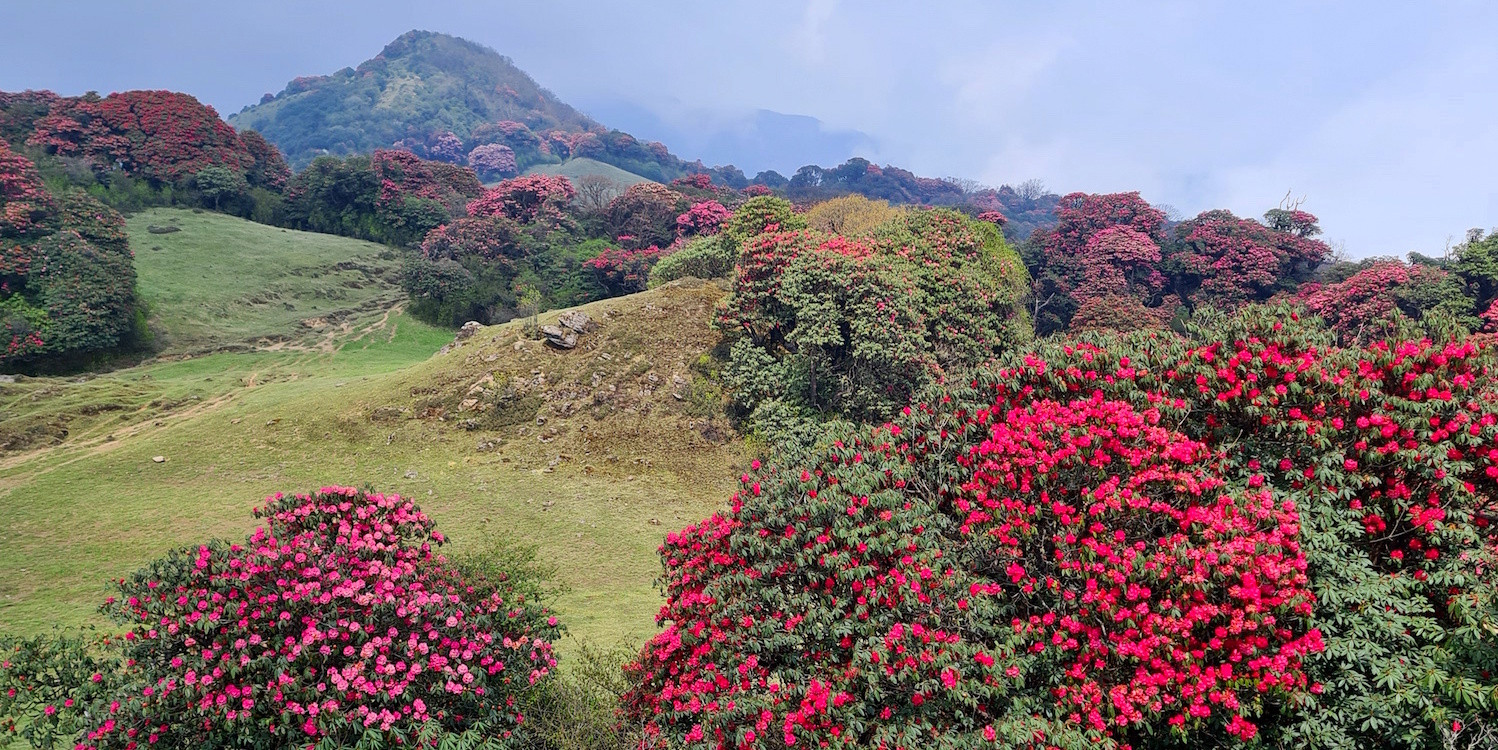
Spring is also the best time for mountaineering season, the favorite season of climbers attempting to finish their Everest or other Himalayan giants because of the milder temperatures and relatively less changeable weather. Spring has many colorful festivals that provide tourists with a rich cultural experience. But in recent years, intensifying mass forest fires have contributed to the traditionally high pollution of Kathmandu, degrading air quality, and rapidly decreasing air quality and visibility.
Major Highlights of Spring
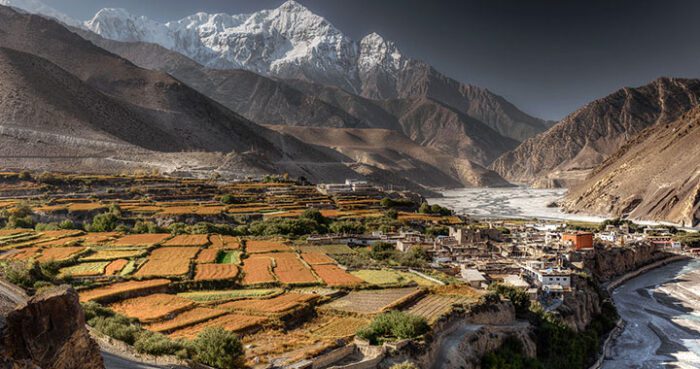
1. Gorgeous rhododendron flowers
A hiker will certainly appreciate the brilliant woods and scented pathways in places such as Langtang and Annapurna.
2. Great time to climb
Climbers prefer spring because of the comparatively stable weather and milder temperatures.
3. Festival season
The Holi, Shivaratri, and Rato Machhendranath festivities add color, music, and tradition to Nepal’s cities and towns.
4. Rising wildfire problems
Fire danger is also increasing because the weather is dry, and climate change is making dry fire-related fires more in number. Wildfires will make the air unclean and create a hindrance to visibility in the mountains.
5. Tourist numbers are moderate
You can anticipate that the number of tourists will be steady, fewer individuals than during the autumn season, but there will be slightly more tourists on the main routes.
Spring Festivals
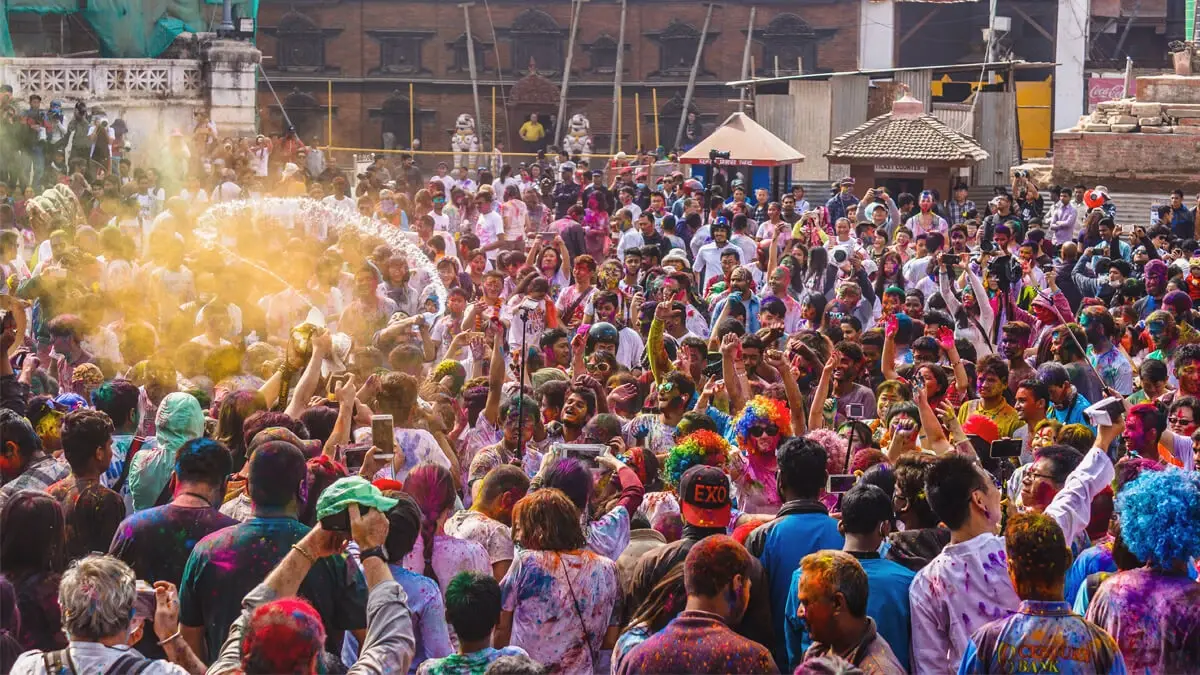
Holi: Colorful festive celebration with missile powders, music, and street partying; to herald the arrival of spring.
Shivaratri: A Spiritual festival to celebrate Lord Shiva, fasting and vigils on nights, and worship at temples.
Rato Machhendranath: The Chariot festival, centuries old, in Patan, to rain god for fertility or prosperity.
Monsoon (June to August): Green and Peaceful, but challenging
The monsoon will shower Nepal’s heaviest rains of the year, turning it into a green paradise. The rain, arriving unexpectedly, gives new life to crops, rivers, and forests, but the trip is hazardous with muddy roads, landslides, and halted transportation. A majority of the monsoon there is dense cloud cover, hiding the mountains. Trekkers and tourists will experience a little less diversity of things to do.
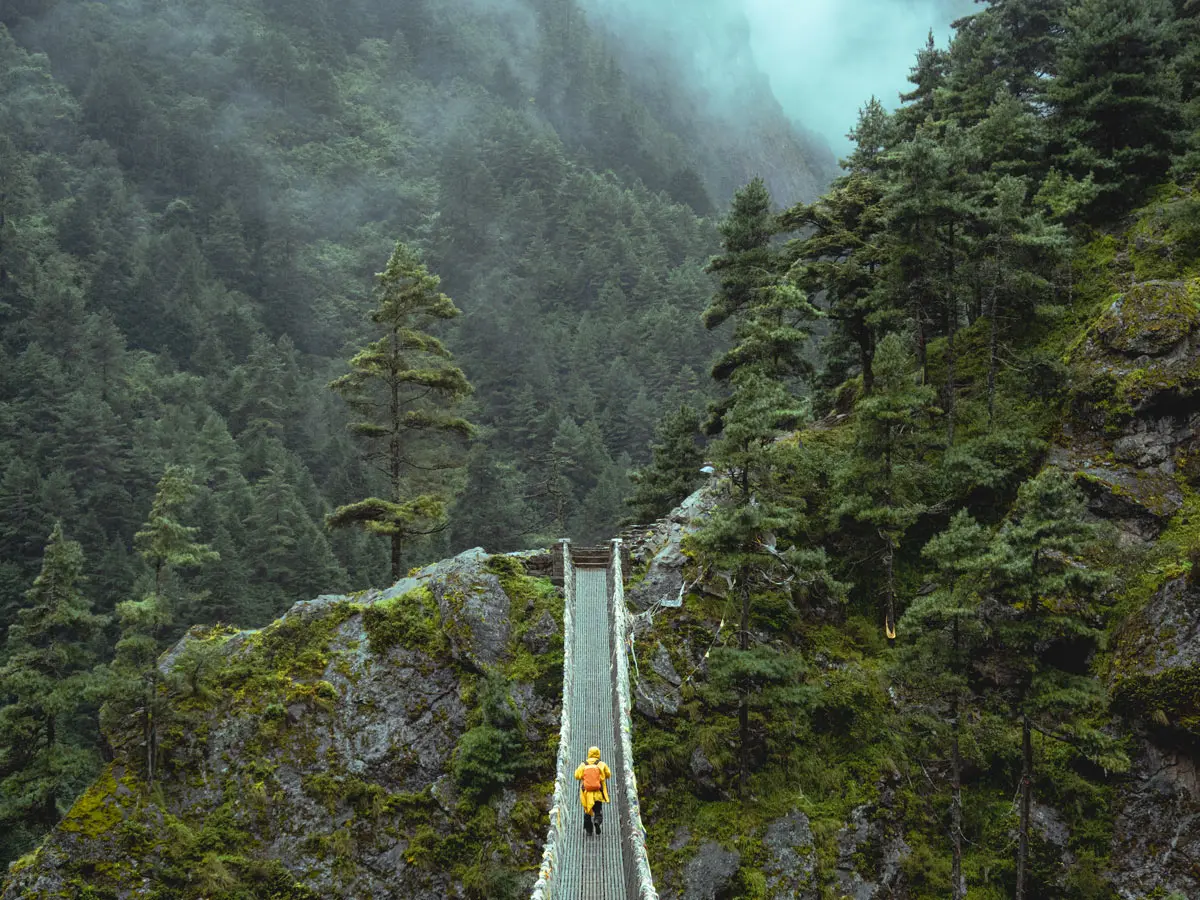
Monsoon is not the best time of year for most visitors to visit Nepal, but it can be excellent for budget travel, and least touristy. Tranquil and unsuspected moments of cultural and spiritual recesses are available, museums, or going to the drier rain-shadow areas and being off the beaten path. Those not fussed about putting up with a bit of rain can view the country’s adrenaline-charged green and get many fewer travelers.
Major Highlights of Monsoon
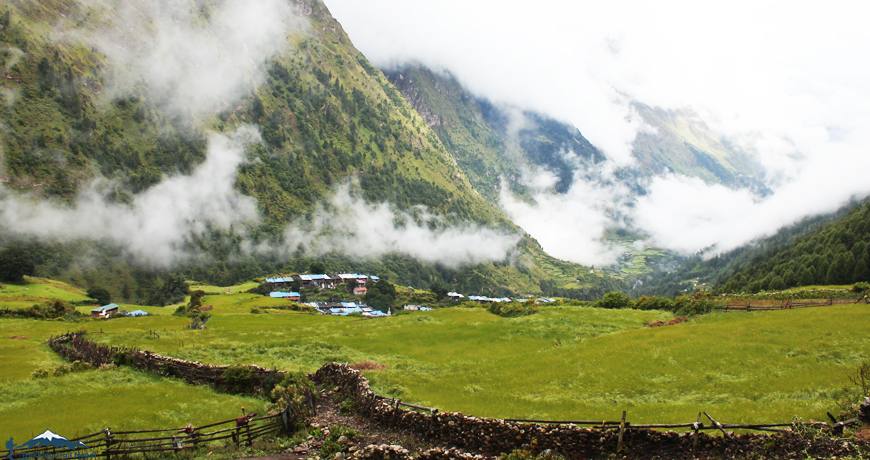
1. Breathtaking landscapes
The forests and fields are filled with the breathtaking, rejuvenating rain, low/mid-hill districts’ mind-blowing beauty.
2. Tourist restrictions and lower prices
Monsoon is off-season for Nepal, with air fare, tours, and hotels offered at lower prices.
3. Challenging and risky trekking
Slippery paths, muddy paths, and regular landslides make many trekking trails risky or even impossible.
4. Rain-shadow treks:
Since Upper Mustang, Dolpo, and a part of the Annapurna region fall in the rain-shadow, these places receive very little rain and therefore are dry trekking routes.
5. Cultural and health retreats:
Monsoon is ideal for yoga and meditation, or cultural pursuits out of rain and tourists.
Things to Carry on Your Trip to Nepal.
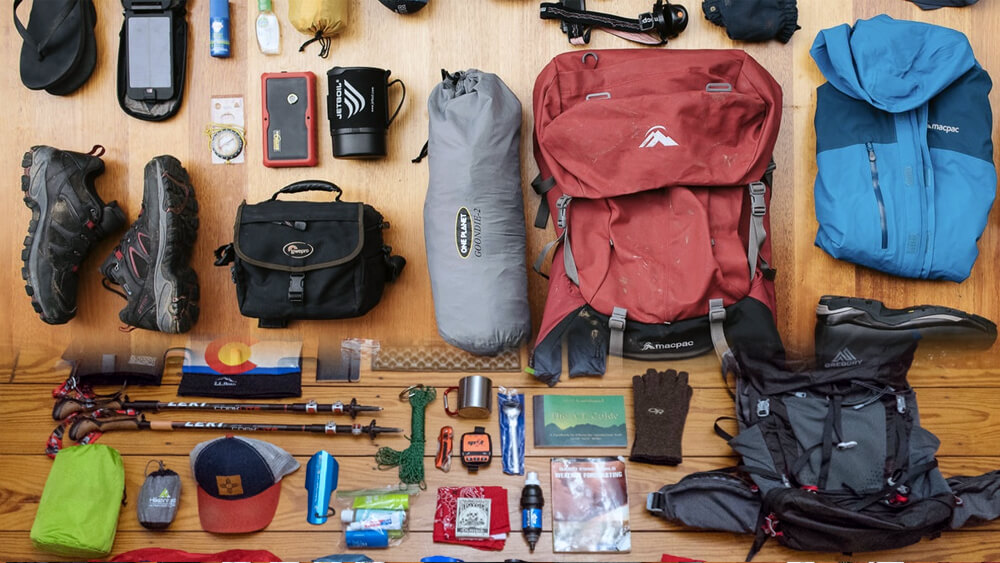
1. Layered clothing
Temperature is highly unpredictable in Nepal. Nearly solely due to high elevation and the many microclimates in extremely proximity. Layered clothing is easy to adjust to changing weather, warming you on a cold morning and cooling you in the afternoon sun.
2. Appropriate hiking boots
Ensure that you put on good solid waterproof hiking shoes with a good grip to stabilize your feet when walking in the steep, slippery, at times muddy ground or walking the roadside and town too.
3. Rain gear
Lightweight rain pants and a waterproof rain jacket are essential if you are trekking in the Monsoon or shoulder season. It’ll keep you dry in those torrential rain downpours!
4. Sun Protection
The sun at high altitudes can kill you! Bring sunglasses with UV protection, a sun hat, and high SPF sunscreen so you don’t get burned by the blazing sun!
5. Water purification
You’ll need drinking water in Nepal. Bring along a portable water filter or purification tablets so that you’ll have water that you can safely drink (very important when trekking or in rural areas).
6. Trekking Poles
A trekking pole adds more comfort to your knees and aids balance on rough terrain when trekking. It can remove the grunt out of trekking long days.
7. First-Aid Kit
There are plenty of things that you can add to your first aid kit, including:
- Band-aids
- Antiseptic cream
- Pain killers
- Personal medications
A first aid kit enables you to repair minor injuries or illnesses away from home!
8. Power Bank & Universal Adapter
In far-flung locations, the electricity might not be stable. A power bank will enable you to recharge your equipment at any time or place, and a universal adapter is also advisable.
Conclusion
Nepal is experiencing mixed fortunes at various best times of the year based on its seasons. Autumn is experiencing favorable climate for trekking and celebration, winter is experiencing serene views with lower accommodation expense, spring is experiencing blossoms of flowers and celebrations, and monsoon is experiencing greenery and tranquility.
No matter which mode you want to undertake to reach Nepal in spring, summer, autumn, or winter, you will optimize Nepal as far as usefulness by seasonally planning and deciding upon choosing places to see. Contact us today at Happy Mountain Nepal, on Facebook, Instagram, or TikTok.
FAQs
1. When should you visit Nepal for trekking?
Nepal’s ideal trekking seasons are spring (late March to May) and autumn (late September to November). You will experience consistent weather, blue skies, and pleasant temperatures. Autumn months are quite touristy, yet spring has sufficient flowering rhododendrons.
2. Is it acceptable to travel during monsoons to Nepal?
In general, it is possible but not advisable to travel in Nepal in the monsoon months (June-August). Rainy tracks get slippery, landslides occur normally, and a barren mountain landscape is created with ample rains. For adventure-seekers who can tolerate the quantity of rain, just be careful, remain in the rain shadow belt, and experience fewer tourists and lower rates.
3. What do I encounter at Nepal’s festival
Dashain and Tihar in autumn cannot be skipped, as they are Nepal’s best festivities with colours, rituals, and celebrations. Spring festivities like Holi, Shivaratri, and Rato Machhendranath also comprise such colourful cultural festivities and cannot be skipped.
4. What should I bring to Nepal?
Layering clothing, comfortable hiking boots, rain gear, sun gear. It would be wise also to bring along some water purification equipment; a standard first aid kit if doing a trek, Extra power banks They are handy particularly when recharging electronic goods in areas that are far from the sockets, and any type of power adapters that can fit universally a device into an outlet.
5. Do I have any wildlife to view in Nepal during winter?
Yes! Winter (December to February) can be some of the finest wildlife viewing in Terai national parks (Chitwan National Park, patch Bardia National Park). Wildlife viewing can get better after January when the grass is being cut, providing you with a good chance to view a rhino, tiger, and lots of birds.
6. Do trekking permits in Nepal ever have to be obtained?
Yes, a few of the most popular trekking routes require permits (a TIMS card and at least 1 entry permit into the conservation area (Annapurna or Everest region), and there are completely restricted areas (Upper Mustang, for example) that require special permits. It would be wise to find out all of this in advance of your trip.
7. Is there a great cost in traveling in Nepal during the peak season?
Nepal is quite inexpensive, but flights, lodges, and guides all pay more for high seasons, such as autumn. Book early and save your pennies, it’s always worth it! But you’ll get it cheaper going off-season, but possibly have to endure the weather.
8. What health precautions should I have in mind when trekking in Nepal?
Drink lots of water, walk in the pace to acclimatize and not be affected by altitude sickness, and eat clean cooked food. It is advisable that you carry a small first-aid kit and consult your doctor prior to the trip if you are suffering from any pre-existing medical condition. If you want to drink tap water, use a method of purification.
9. Is solo travel in Nepal safe?
Nepal is safe to travel solo, in fact, we learned that it can be the friendliest and the safest nation on the planet! Pune locals are warm like a local tip of appreciation, something you get from locals and nowhere else! Check out the general traveling tips. Group travel or traveling with a trekking guide offers security in any individual trail.
10. What else can one do in Nepal aside from trekking?
Wildlife safaris, cultural tours, white-water rafting, paragliding, and mountain biking are all trails and attractions scattered throughout all of Nepal. And then there’s Kathmandu and Pokhara with a bustling market, temple, or café on every corner. Other experiences include enjoy and indulge in wellness retreats or yoga centers. These are other relaxing things from more traditional adventure-type activity!
